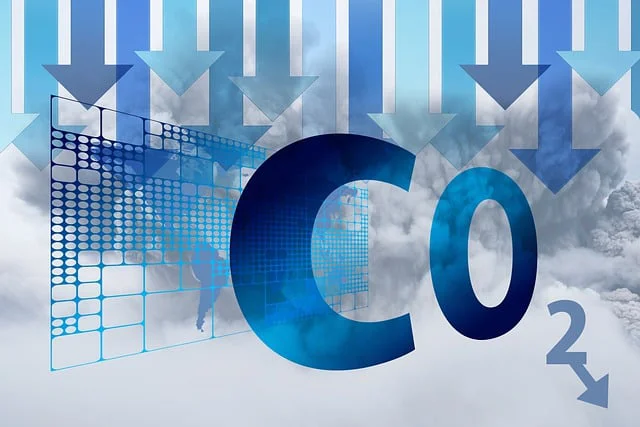“Carbon Capture and Storage (CCS)” is a technology that captures carbon dioxide (CO2) emitted from power plants and other sources and store it underground. The Japanese government and power companies are placing great expectations on the CCS technology to achieve carbon neutrality by 2050. But are those expectations realistic?
Global carbon storage capacity is 10 times less than previously thought
On September 3, 2025, the study, published in the Nature, found that global carbon storage capacity was 10 times less than the amount industry estimated as around 14,000 Gt of CO2. It is not sufficient as a measure to halt global warming. The study estimated a prudent planetary limit of around 1,460 Gt of CO2 storage through a risk-based, spatially explicit analysis of carbon storage in sedimentary basins.
Scientists of this study, led by the International Institute for Applied Systems Analysis, ruled out geological formations where were too shallow, too deep, posed a high the gas leak, triggered earthquakes or contaminate groundwater, or were close to environmental protection zones or residential areas. As a result, suitable storage sites have decreased, and the projected amount of CO2 that can be stored has also significantly declined.
CCS could only reduce human-caused warming by 0.7°C.
The study also pointed out that, even if CO2 storage reaches its maximum capacity, CCS would only have the potential to reduce human-caused warming by 0.7°C—far less than previous claims of around 5-6°C. This represents a significant reassessment of the value of CCS.
Moreover, the risk of stored CO2 leaking cannot be ignored. The mobilization of toxic metal-bearing minerals may increase if CO2 escapes from the reservoir and forms carbonic acid in groundwater. This process could pose a concern about the impact on human health and the environment.
CCS requires high cost
The Japanese government has set a target to capture and store approximately 120 to 240 million tons of CO2 annually by 2050. The “Metropolitan Area CCS Project” is one of the plans. This project involves capturing CO2 emitted from Nippon Steel’s Kimitsu Works (potentially CO2 emitted from the Keiyo Coastal Industrial Zone in the future), transporting CO2 through approximately 80 km pipeline crossing the Boso Peninsula, and storing approximately 1.2 million tons of CO2 annually beneath the seabed off the other side of Boso Peninsula in Chiba Prefecture. Questions remain about the project’s profitability and rationality, and residents have voiced opposition.
Foolish strategy to emit CO2 continuously by relying on CCS
To begin with, Japan has limited suitable sites for CCS, but transporting CO2 overseas for storage would raise other issues of transportation costs and additional emissions from the transport process. It is counterproductive to emit CO2 continuously by relying on CCS to justify the continued operation of thermal power plants, when CO2 emissions should be reduced in the first place.
The author of this study said that the technology should be used for sectors that are difficult to decarbonize, and not to be used to extend the life of power plants or prolong the use of fossil fuels. The Japanese government and power companies should proceed with the phase-out of thermal power plants to achieve a significant reduction in CO2 emissions.
Nature :A prudent planetary limit for geologic carbon storage
Reference
JBC News: 【News】Tunnel planned to transport CO2 for Tokyo area CCS project

